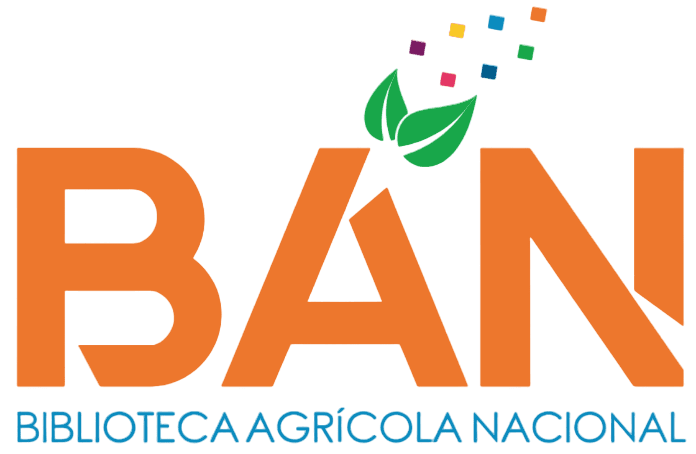Análisis del comportamiento de la fibra de mesocarpio de castaña (Bertholletia excelsa) como refuerzo en la elaboración de fibrocemento
Loading...
Authors
Mori Seminario, Carlos Enrique
Contact Email
Abstract
Esta investigación se centró en evaluar el potencial de las fibras de mesocarpio de castaña Bertholletia excelsa) como refuerzo en la producción de fibrocemento. La materia prima utilizada provino del Centro Poblado Alegría, distrito de las Piedras provincia de Tambopata en el departamento de Madre de Dios. Se elaboraron tableros de fibrocemento con diferentes porcentajes de fibra (3%, 6% y 9%), los tableros se dividieron en probetas para realizar los distintos ensayos físico-mecánicos. Se realizó el análisis de la composición química de las fibras obtenidas (holocelulosa, lignina, extractivos, cenizas), además de ello se realizó la clasificación de las fibras con el clasificador Bauer McNett según la norma TAPPI T 233 cm 95 (1995), asimismo se analizaron fotografías de barrido electrónico (SEM) de las fibras evaluadas y de los tableros obtenidos, del mismo modo se realizó el análisis FTIR, tanto de las fibras como de los tableros. Luego del fraguado se realizaron los ensayos mecánicos de reducción de espesor por compresión y de resistencia a la flexión estática. Entre los resultados más destacados de la caracterización química, la fibra SPT obtuvo un 73.77% de holocelulosa y un 30.68% de lignina; la fibra CPT obtuvo un 68.45% de holocelulosa y un 30.35% de lignina, además de ello en resultados físicos los tableros elaborados con fibra SPT obtuvieron densidades de 1.72 (g/cm3) con 3 % de fibra, 1.63 (g/cm3) con 6% de fibra y 1.49 (g/cm3) con 9% de fibra; y los tableros elaborados con fibra CPT obtuvieron densidades de 1.69 (g/cm3) con 3% de fibra, 1.60 (g/cm3) con 6% de fibra y 1.48 (g/cm3) con 9% de fibra. Todos los resultados obtenidos superan los requerimientos mínimos establecidos por la norma, siendo promisorios para continuar con el estudio de estas fibras como refuerzo del fibrocemento.
This research focused on evaluating the potential of chestnut mesocarp fibers (Bertholletia excelsa) as reinforcement in the production of fiber cement. The raw material used came from the Alegría Population Center, Las Piedras district, Tambopata province, Madre de Dios department. Fiber cement boards were made with different percentages of fiber (3%, 6% and 9%), the boards were divided into test tubes to perform the different physical-mechanical tests. The chemical composition of the obtained fibers was analyzed (holocellulose, lignin, extractives, ashes), in addition to this, the fibers were classified with the Bauer McNett classifier according to the TAPPI T 233 cm-95 standard (1995), and scanning electron microscope (SEM) photographs of the evaluated fibers and the obtained boards were analyzed, in the same way the FTIR analysis was performed, both of the fibers and the boards. After setting, mechanical tests were carried out to reduce thickness by compression and static bending resistance. Among the most notable results of the chemical characterization, the SPT fiber obtained 73.77% holocellulose and 30.68% lignin; the CPT fiber obtained 68.45% holocellulose and 30.35% lignin, in addition to this in physical results the boards made with SPT fiber obtained densities of 1.72 (g/cm3) with 3% fiber, 1.63 (g/cm3) with 6% fiber and 1.49 (g/cm3) with 9% fiber; and the boards made with CPT fiber obtained densities of 1.69 (g/cm3) with 3% fiber, 1.60 (g/cm3) with 6% fiber and 1.48 (g/cm3) with 9% fiber. All the results obtained exceed the minimum requirements established by the standard, being promising to continue with the study of these fibers as reinforcement of fiber cement.
This research focused on evaluating the potential of chestnut mesocarp fibers (Bertholletia excelsa) as reinforcement in the production of fiber cement. The raw material used came from the Alegría Population Center, Las Piedras district, Tambopata province, Madre de Dios department. Fiber cement boards were made with different percentages of fiber (3%, 6% and 9%), the boards were divided into test tubes to perform the different physical-mechanical tests. The chemical composition of the obtained fibers was analyzed (holocellulose, lignin, extractives, ashes), in addition to this, the fibers were classified with the Bauer McNett classifier according to the TAPPI T 233 cm-95 standard (1995), and scanning electron microscope (SEM) photographs of the evaluated fibers and the obtained boards were analyzed, in the same way the FTIR analysis was performed, both of the fibers and the boards. After setting, mechanical tests were carried out to reduce thickness by compression and static bending resistance. Among the most notable results of the chemical characterization, the SPT fiber obtained 73.77% holocellulose and 30.68% lignin; the CPT fiber obtained 68.45% holocellulose and 30.35% lignin, in addition to this in physical results the boards made with SPT fiber obtained densities of 1.72 (g/cm3) with 3% fiber, 1.63 (g/cm3) with 6% fiber and 1.49 (g/cm3) with 9% fiber; and the boards made with CPT fiber obtained densities of 1.69 (g/cm3) with 3% fiber, 1.60 (g/cm3) with 6% fiber and 1.48 (g/cm3) with 9% fiber. All the results obtained exceed the minimum requirements established by the standard, being promising to continue with the study of these fibers as reinforcement of fiber cement.
Description
Universidad Nacional Agraria La Molina. Facultad de Ciencias Forestales. Departamento Académico de Industrias Forestales
Keywords
Bertholletia excelsa
Citation
Date
2025
Collections
Seleccionar año de consulta:

Excepto si se señala otra cosa, la licencia del ítem se describe como info:eu-repo/semantics/openAccess

